What happened this morning in New York and the massive disaster in Taiwan are still quite far from the largest earthquakes that shook the world, insofar as these phenomena can be measured. In fact, the so-called Pacific Ring of Fire means that countries in this area of the planet suffered from the strongest earthquakes in history, leaving behind hundreds of thousands of deaths and millions of people, victims, destruction of cities and millions of economic losses.
Chile, the United States, Russia, Japan and Southeast Asian countries have seen the largest earthquakes in history completely change the morphology of the area, even changing the flow of some rivers, raising the land or causing the disappearance of entire islands. . Below are the most powerful earthquakes in human history.
Chile, May 22, 1960
9.5 degrees Richter
The strongest earthquake in human history was recorded in the city of Valdivia, located in southern Chile, on May 22, 1960. It had a magnitude of 9.5 degrees Richter and was preceded by a quake of magnitude 7.7 degrees Richter a day earlier in the city of Concepcion, 460 kilometers to the north. The earthquake, felt across much of the Southern Cone, killed nearly 10,000 people, left two million people homeless, radically altered the city’s topography, and generated giant waves that reached millions of kilometers offshore in Hawaii and Japan. the other end of the Pacific Ocean.
Indonesia, December 26, 2004
9.3 degrees Richter
In second place is the devastating earthquake recorded on the northern coast of the island of Sumatra, Indonesia, on December 26, 2004. The tsunami that arose after the movement led to the death of 229,866 people in Southeast Asian countries such as Sri Lanka and the Maldives. , India, Thailand, Malaysia, Bangladesh and Myammar (formerly Burma).
USA, March 28, 1964
9.2 degrees Richter
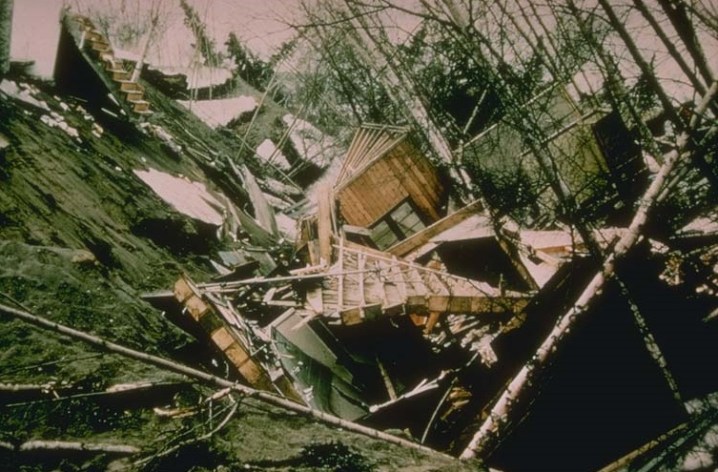
The March 28, 1964 earthquake caused ground to rise 11 meters over an area of about 520,000 square kilometers in Alaska. It alone caused the death of 128 people.
Russia (former USSR), November 4, 1952
9 degrees Richter
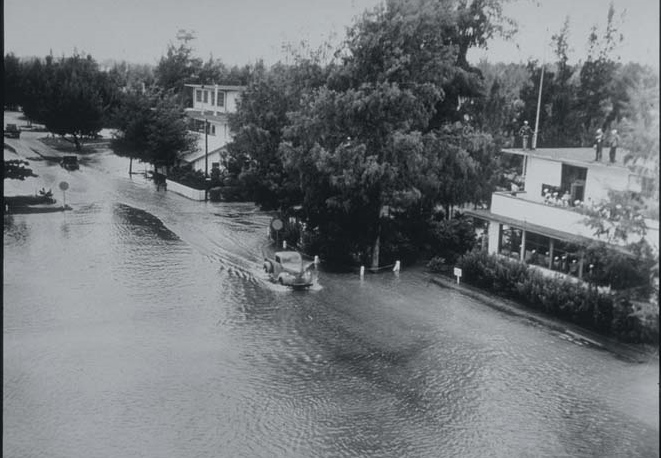
Although official data indicates that the earthquake recorded on the Kamchatka Peninsula in Russia resulted in the death of only 22 people, it caused a tsunami that raised waves 3.2 meters high that reached the coasts of the Midway Islands, Cocos Islands, Hawaii, and Alaska. and California, approximately 3,000 km from the epicenter. Property damage was estimated to be between $800,000 and $1,000,000.
Japan, March 11, 2011
9 degrees Richter
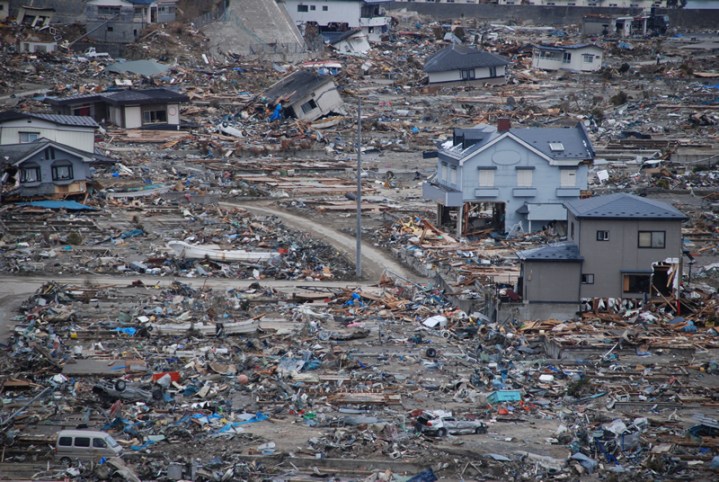
The earthquake and subsequent tsunami of March 11, 2011, recorded on the coast of the island of Honshu in Japan, is recognized as one of the most severe and destructive in human history, killing 15,893 people. With a magnitude of 9 degrees on the Richter scale, it caused a displacement of the earth’s axis by 10 centimeters. The tsunami not only reached the coast of Japan, but also reached Taiwan, the Midway Islands, Hawaii, Oregon, California and Mexico. As a side effect, it also caused the Fukushima nuclear accident.
Peru (and present-day Chile), August 13, 1868.
9 degrees Richter
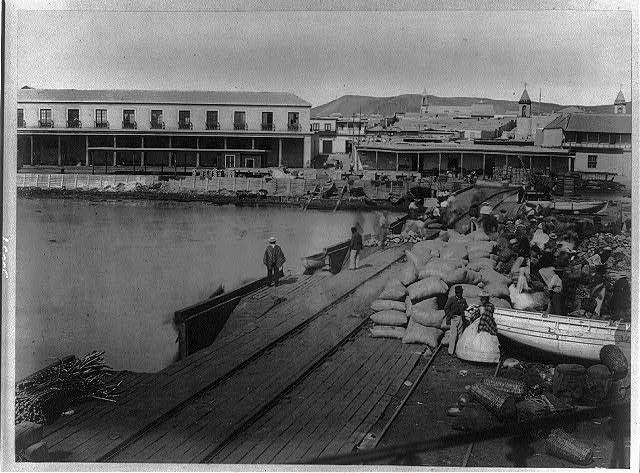
The epicenter of the largest earthquake was in the then Peruvian city of Arica (now Chile), although it also affected other cities such as Arequipa, Moquegua, Tacna, Islay and Iquique (also Chilean), killing about 25,000 people. It was spotted within a radius of approximately 2,800 kilometers. The movement was followed by a tsunami that devastated the coasts of Pisco and Iquique and reached the coasts of the United States, Australia, New Zealand and Japan.
Indonesia, November 24, 1833.
From 8.8 to 9.2 degrees Richter.
Although data on deaths and damage is sparse and unreliable, some recent estimates say it lasted five minutes and caused a tsunami that affected the southwest coast of Sumatra, Bengkulu and the Seychelles.
Chile, February 27, 2010
8.8 degrees Richter.
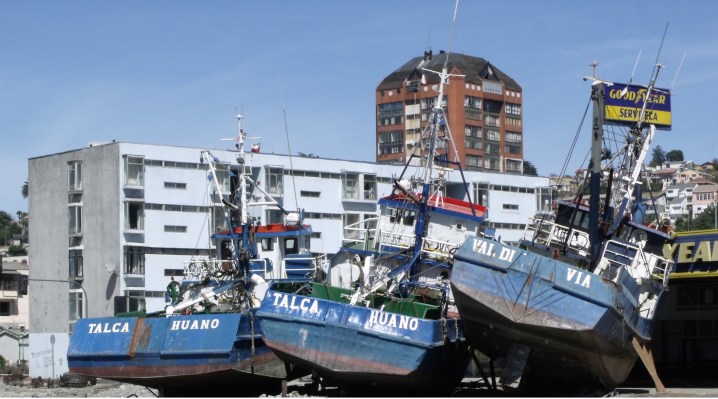
Early in the morning of February 27, 2010, a series of three strong earthquakes occurred off the coast of southern Chile, the largest of which was recorded in the city of Cobquecura. The movement was noticed over a large part of Chile and generated a tsunami that affected the central-southern region of that country, in addition to the island territory. The earthquake and subsequent tsunami caused the death of 524 people. It is estimated that this movement shifted the Earth’s axis by 8 centimeters.
Ecuador-Colombia, January 31, 1906.
8.8 degrees Richter.
The greatest damage from the earthquake occurred in northern Ecuador and southern Colombia on January 31, 1906, killing about 1,000 people and causing a subsequent tsunami that raised waves almost 5 meters high and destroyed the cities of Rio Verde (Ecuador) and Tumaco (Colombia) . The tsunami also reached the coasts of Costa Rica, Mexico, Hawaii and Japan.
USA and Canada, January 26, 1700
8.7 degrees Richter.
There is little official data, since indigenous people lived in this territory at that time; on January 26, 1700, a strong earthquake was recorded in the northern United States and southern Canada. The earthquake, known as Cascadia, affected California, Oregon, Washington and British Columbia. The movement caused a nearly 1,000-kilometer rupture of the undersea Cascadia Fault, which, along with the San Andreas Fault, poses a major telluric threat to the United States.
Source: Digital Trends
I am Garth Carter and I work at Gadget Onus. I have specialized in writing for the Hot News section, focusing on topics that are trending and highly relevant to readers. My passion is to present news stories accurately, in an engaging manner that captures the attention of my audience.










